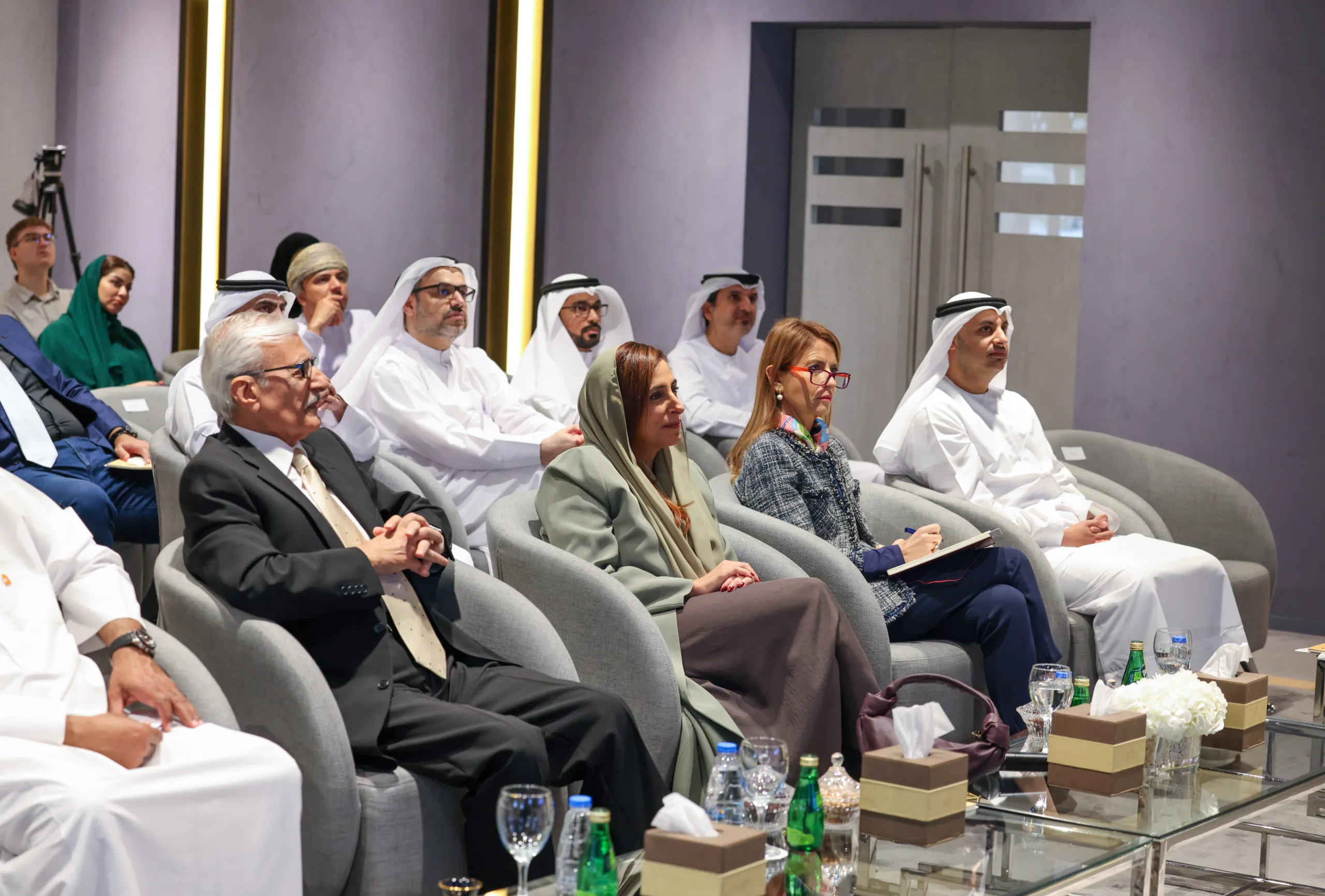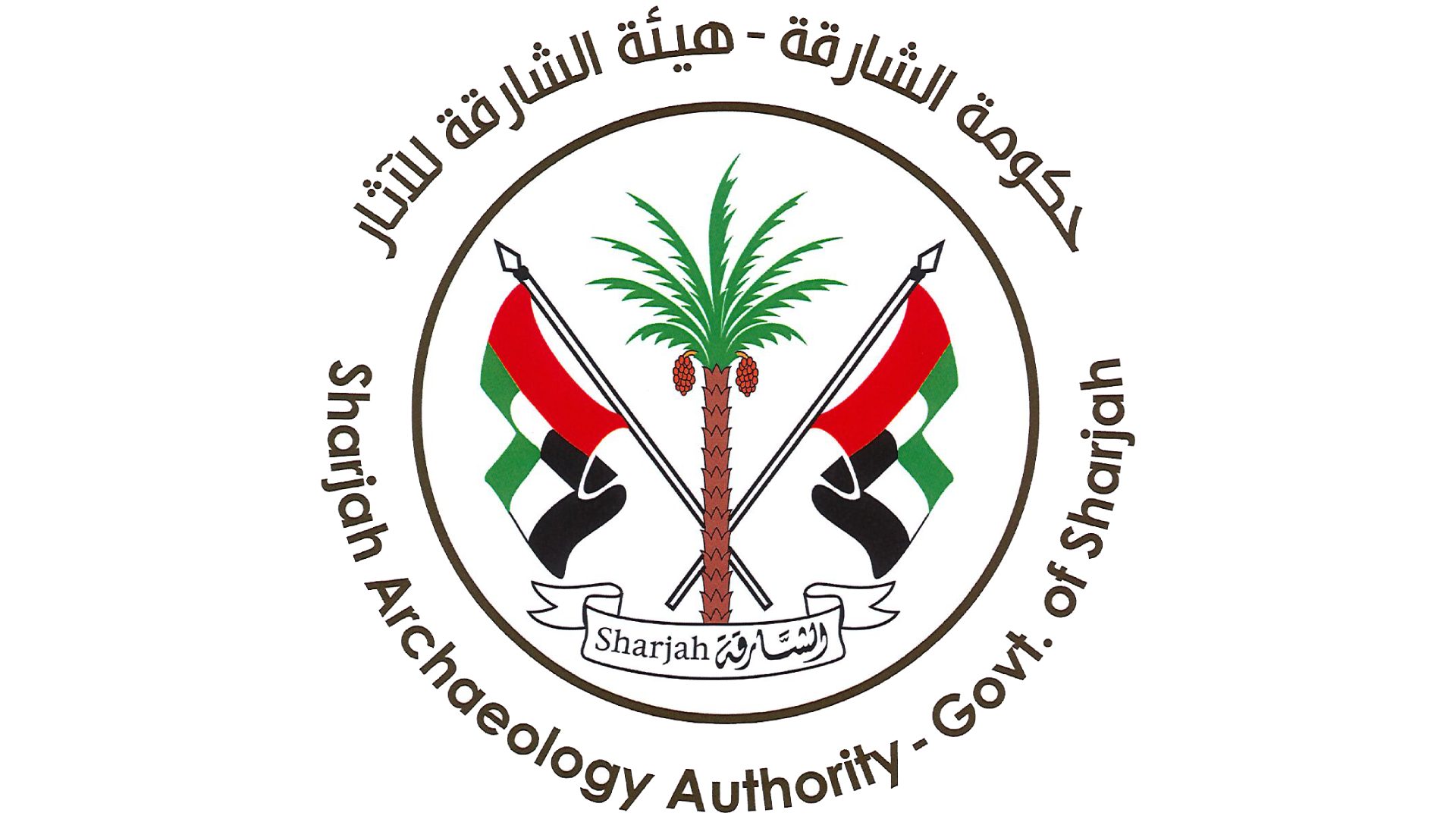T The Sharjah Archaeology Authority (SAA), organized a virtual lecture titled: “From Numismatics to History, Historical Study and Analysis of Money,” moderated by Dr Hanan Touzani, author of the book “Moroccan Monetary Heritage, the Significance of Money as Historical Documents.” She discussed about numismatics, its position and importance in the study of history and the relationship between them.
The lecture was organized by the SAA, as part of a series of specialized weekly scientific lectures with the intention of spreading awareness of the restoration and maintenance of antiquities. The lecture was attended by over 130 participants interested in preserving antiquities from within the region and overseas.
Dr Touzani explained that numismatics is the in-depth study of coins and their development through the ages, analyzed on the basis of an integrated portfolio where the auxiliary sciences and the study of history intertwine. It also focuses on the techniques and skills that the researcher acquires in the practice.
“Understanding the significance of something which forms and integral part of history, involves gaining access to everything that brings one closer to the past whilst relying on several other methods to comprehend the significance of this aspect. Researchers typically rely on the information available in sources accessible to them, conduct extensive research on a topic of interest, chalk out the bibliography related to the topic and eventually work on all the possibilities to face any challenges along the way in their study,” Dr Touzani said.
She highlighted that in the field numismatics, the researcher could ask several questions including, how can the money be used to conduct a historical research about a specific era, how can the money help if adopted as part of historical research, what are the obstacles that the adoption of cash raises in historical research and what are the proposed solutions to overcome these obstacles?
Dr Touzani further explained that history derives its strength from the sciences that support it, because the human sciences are intertwined and interconnected with each other. It is impossible to one event independent from the rest. For instance, a researcher in history cannot understand a historical event without referring to anyone or all of these sciences. Hence, working on money requires relying on more than one scientific specialty.
The lecturer also touched on the tools that a researcher needs in the study of numismatics. The most important tool needs to be applied in the form of ‘criticism,’ across findings from one era to another. The diversity and difference observed in this field of research makes it exceptionally unique. Starting from the extraction of the material to the process of cleaning, restoration and preservation, the archaeologist undertakes the task of preparing this documentary material; an important historical document, which must be referred to in every historical research during that period.
Dr Touzani indicated that historical issues vary based on the type of historical material, which is divided into two main types. The first being written sources, which includes codification, written documents in which all economic, social and political issues of the research are reflected. The second type are material resources which includes all the material waste highlighting the past. The bulk of these sources were hidden by dust, with no way to reach them except through excavation.
Towards the end of the lecture, the moderator shed light on her own experience studying numismatics and provided information on all the work she accomplished. She emphasized on the importance of having all the tools for the study including choosing cash collections for the period of study, relying on money indexes, analyzing the significant information and
She touched on the importance of the researcher possessing and knowing the tools and means of studying money as a historical material, starting with choosing cash collections for the period studied, finding money indexes from museums and publications, and finding a balance between information extracted from the pieces and those found in written sources. Information of adopting coins as a historical source, including classifying them chronologically, reading the writings on the face and back of the coin and photographing it for
It also dealt with the scientific stages of adopting coins as a historical source, in terms of examining appropriate groups and classifying them chronologically or according to type, reading the writings on the coin and classifying it based on the writing found on the front or back and photographing the piece for the purpose of further study and analysis.




